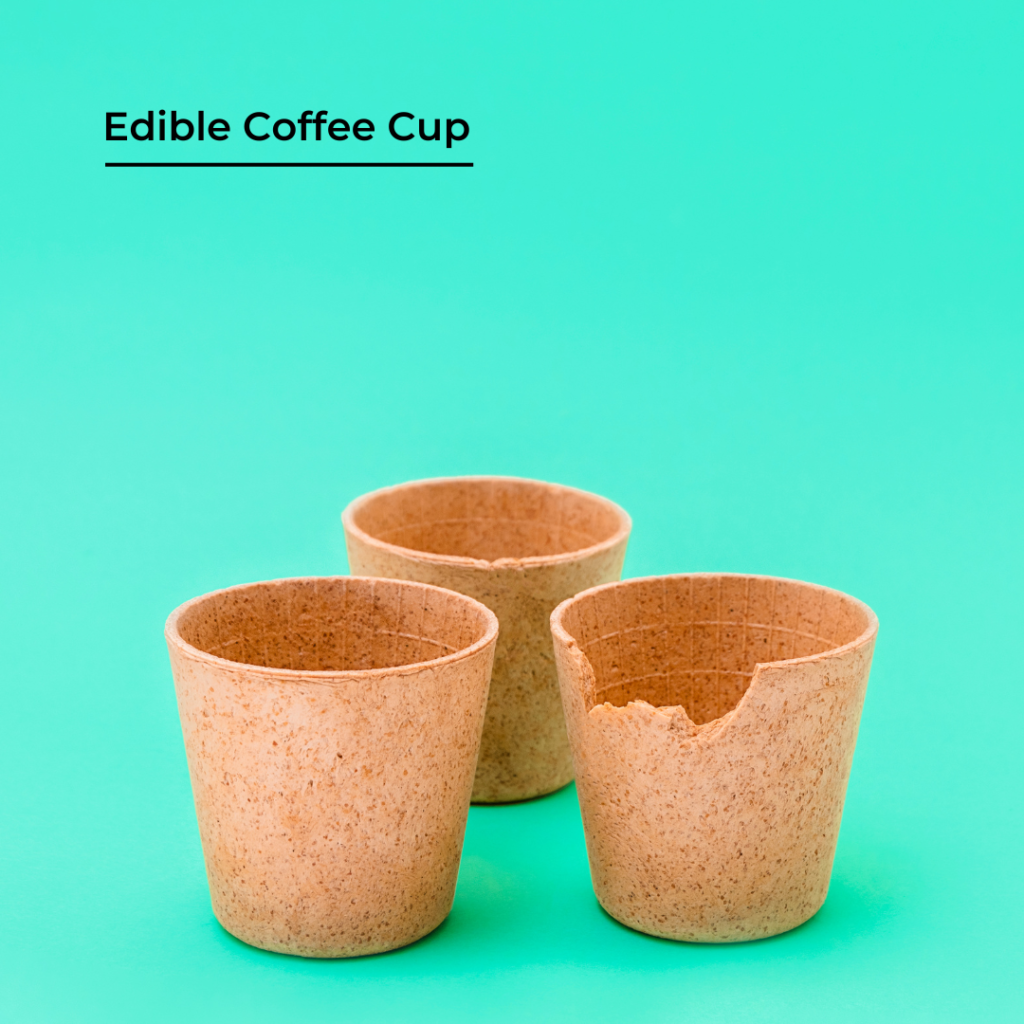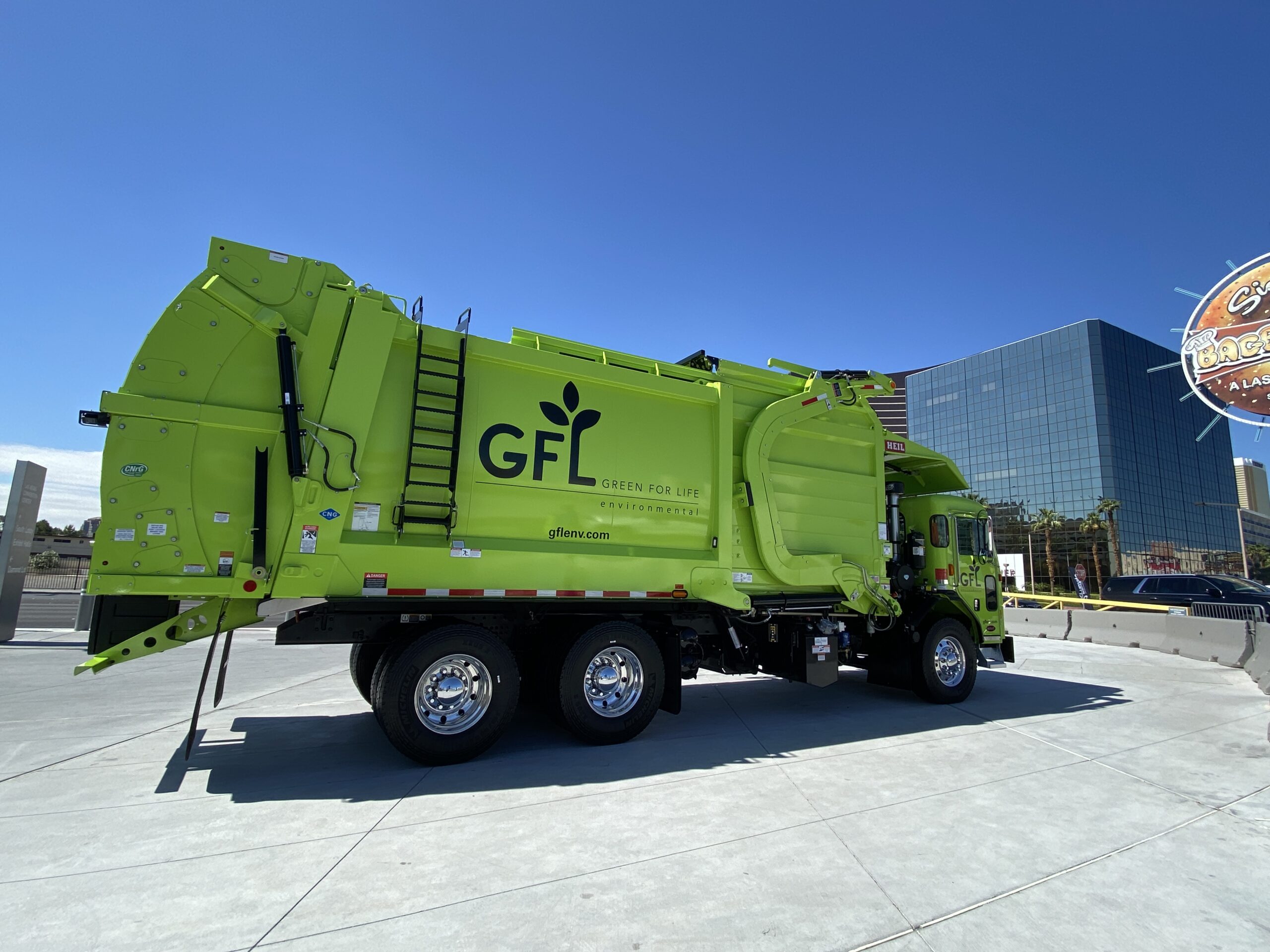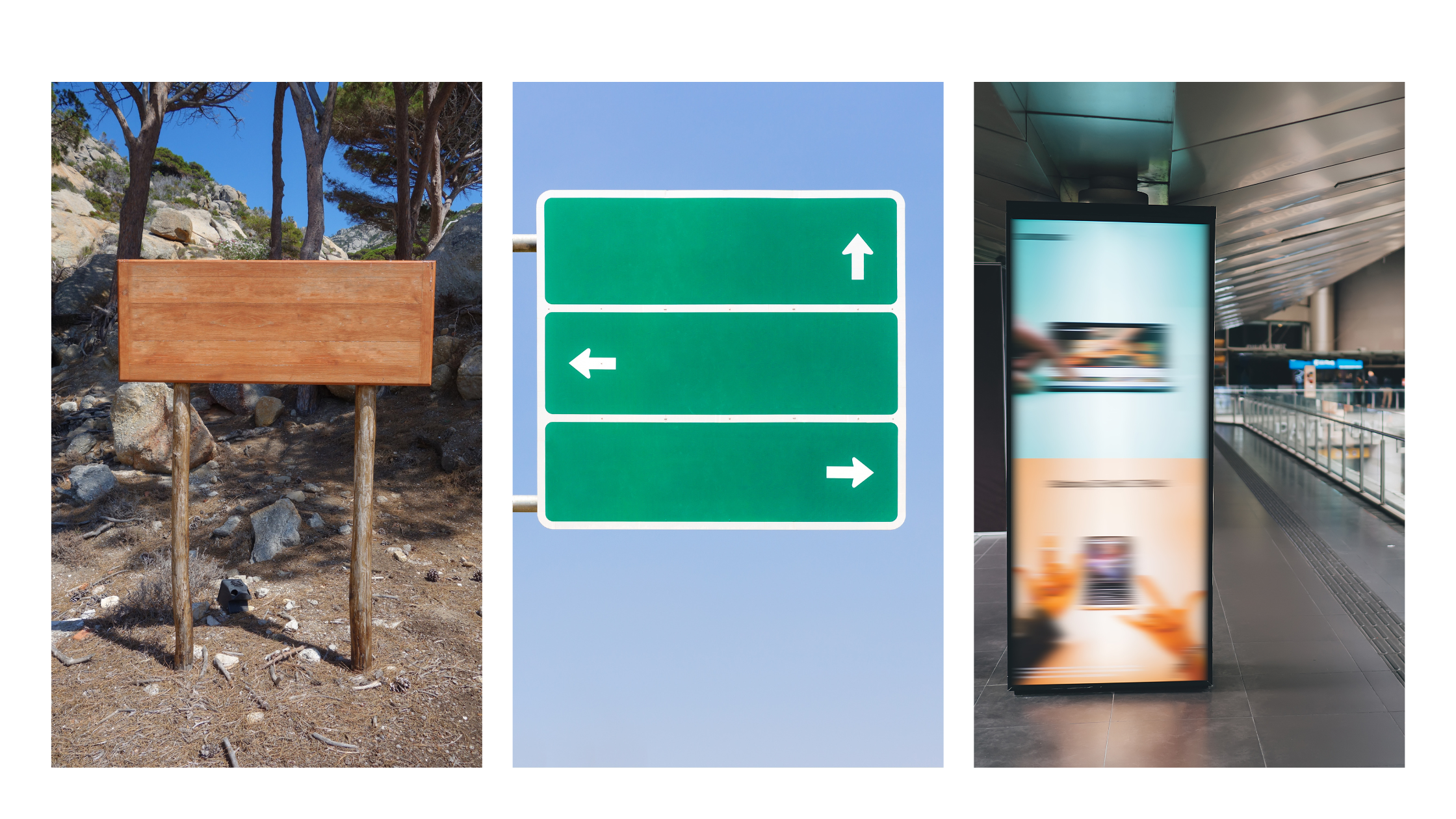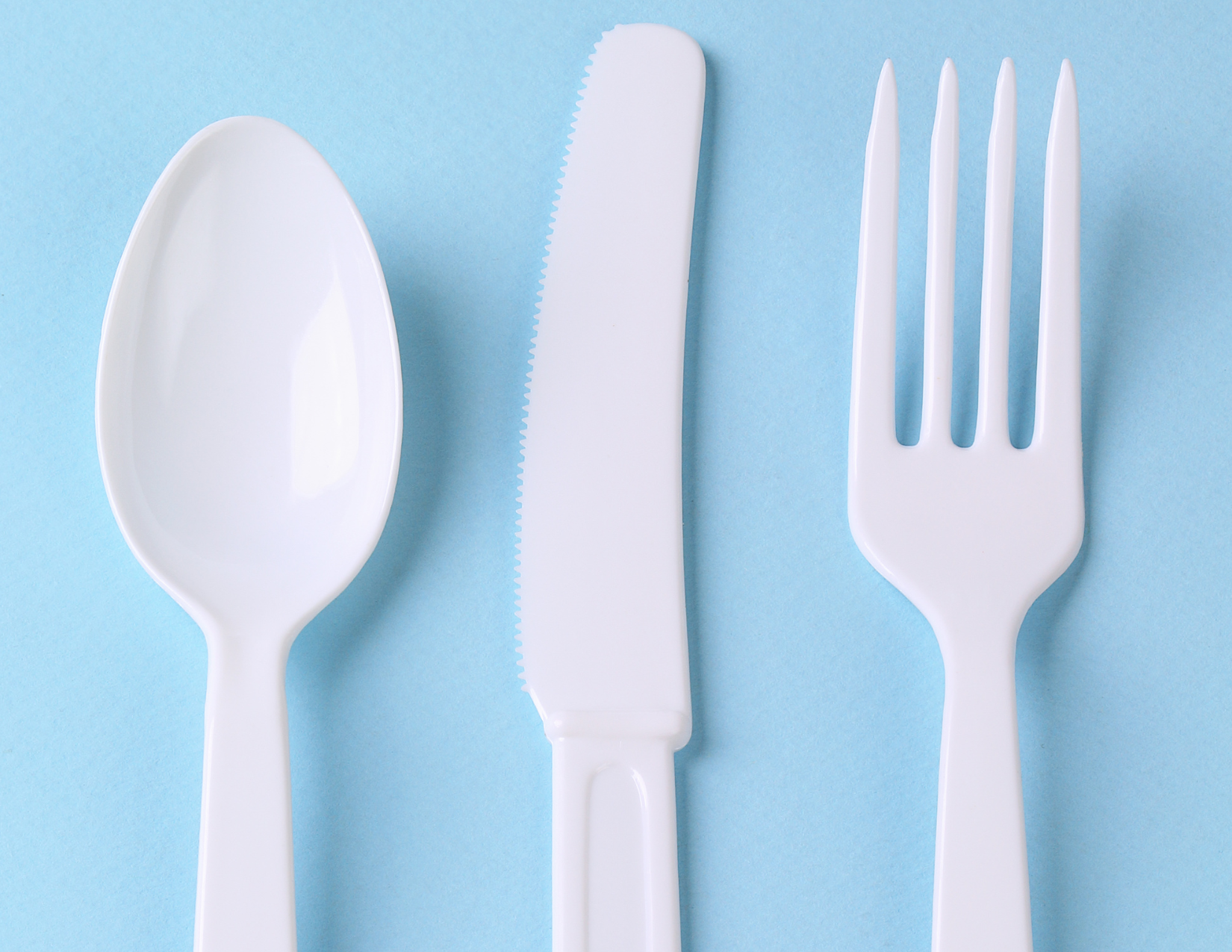Eat a plastic wrapper? Um, no. Replace that plastic wrap with a biomaterial like seaweed? Well…that could be interesting. If you think about it, edible packaging has already been a thing for quite a long time. If you’ve eaten an ice cream cone, nibbled on sausage (which is encased in collagen and cellulose), or swallowed a pill (shelled in gelatin or it’s vegan-friendly alternative cellulose), then you’ve encountered edible packaging. In parts of Asia, people have been using plates and bowls made of banana leaves that can then be converted into cattle feed.
It’s an old concept, but now, with sustainability issues ever more pressing, upstart, progressive companies are creating newer applications.

Since packaging accounts for over 50% of our garbage waste, especially when it comes to single use plastics and food wares, eco-friendly alternatives are the only way to reduce waste going into landfills. Although bioplastics, polymers produced from carbohydrates, vegetable fats and oils, woodchips and sawdust, corn starch, sugar, polysaccharides and food waste in the presence of microorganisms, are generally more eco-friendly and biodegrade more easily than conventional, petroleum-based plastics, they are still toxic to marine life and take hundreds of years to decompose in a landfill.
To be considered edible, packaging must comply with federal health standards, provide nutritional value, and, by definition, be biodegradable. Most edible packaging is plant based, derived from natural polymers in seaweed, rice, potato peels, and sugarcane. Some newer applications use casein (a milk product), and of course, gelatin is derived from collagen from animal hooves. Ideally, packaging should be made from both proteins and carbohydrates to ensure its durability.
Some examples of novel uses of edible packaging include:
- Coffee cups constructed of hard cookies;
- Candy wrappers manufactured from potato fibers or rice paper;
- Vegan cutlery made from rice flour, wheat and sorghum with no preservatives;
- Bags created with cassava root which has the added benefit of feeding sea life and insects instead of poisoning them;
- Seaweed-based coffee sachets;
- An entirely dissolvable noodle soup seasoning sachet;
- Edible straws made from sugar, cornstarch and bovine gelatin that are gluten free but not vegan;
- Beverage carrier rings made from wheat and barley which, though not particularly flavorful or tasty, substantially reduce harm to ocean life;
- Salad bowls made from wheat husk and other edible components.
- Ooho sports drink and edible water bubble capsules for races

Seaweed has become an incredibly popular and common choice for edible packaging since it only takes six weeks to cultivate and degrades quite quickly if not consumed. It dissolves in warm water, making it ideal for sachets and sporting gels. On the carbohydrate front, polysaccharides such as tapioca, carrageen, chitosan, starches from potatoes, sorghum, and wheat are often employed to give the fibrous structure whereas protein options like whey protein isolate, corn zein, egg whites, and collagen often provide the much needed “glue.”
With increased scrutiny over brands and more consumer awareness and information, younger generations want to read where things are made, what’s in them, and what the consequences of consuming them will be. This has fueled more interest in research and development of alternatives to the single use plastic phenomenon that has been ravaging our environment. According to CalRecycle, Californians throw away 290 swimming pools filled with plastic per day. Plastic creates an enormous carbon footprint in its straight-to-landfill lifespan in which materials are excavated, manufactured, shipped and transported, used, disposed, and then incinerated or buried in a landfill.
In fact, California has become the first state to pass legislation, CA Law SB 54, the Plastic Pollution Prevention and Packaging Producer Responsibility Act that bans single use plastic waste and ensures packaging is recyclable or compostable. To that end, many events, which rely on single use plastic for food wares and lanyards and signage and decor, are required to register landfill diversion plans with the cities in which they host their event. PopUP CleanUP has, for several events, offered trash separation services to divide trash into refuse, compost, and recycling, and with advance notice, we can provide sustainable consumables.
While the market size for edible packaging was measured at somewhere between $963 million to $1.1 billion in 2023, there have been challenges in scaling production to the level where this becomes the norm instead of the outlier in the industry. In addition to limited production facilities, making it difficult to supply the demand, there is also the issue of how to protect edible packaging from contamination when being stored or transported. Using plastic packaging to protect edible packaging is oxymoronic and self-defeating, but the shining benefit of plastic is that it helps extend shelf life, blocks germs and contaminants, and can be made sterile.

Edible packaging is also very sensitive to temperature and heat, making it costly to ship (not to mention the carbon footprint of the refrigeration needed to transport it), and somewhat impractical for shipping long distances. Humidity particularly can promote biodegradation.
That said, edible packaging is another tool in increasing sustainability, and the potential for its implementation in food service, particularly at events which generate at minimum one pound of garbage per meal per person, is both exciting and revolutionary. Here is a list of some of the companies leading the way:
Materials: cassava, rice, seaweed, sugarcane, bamboo, birchwood, Areca palm
Products: bags, mailers, sachets, wrapping, straws, cups, food containers, cutlery
Materials: plant fiber, bamboo, corn
Products: to go boxes, clamshells, straws, cold cups, coffee cups, juice bottles, bags, deli containers, bowls, utensils, napkins, custom printing
Materials: seaweed
Products: food containers, rigid cutlery, energy gel pods, paper, food oil pipette, laundry sachet, bath oil sachet, dry food sachet
Materials: sugar, water, bovine gelatin, sodium, carboxymethylcellulose, glycerine, flavoring, antioxidant, citric acid, humectant, stabilizer
Products: straws
Materials: oat fibers, cocoa husk fibers, durum wheat semolina pasta, whole wheat grain flower,
Products: waffle cups, biscuit cups, spoons, straws, biscuit spoons
Materials: wheat flour, brown rice, corn flour, chickpea flour, oat flour, cane sugar, guar gum, flavoring, pectin, malodextrin, gluten, sugar, sunflower oil, Sucralose
Products: spoons, straws, food wares, bags
Reducing our impact on the environment is critical going forward. Edible packaging is a niche, but also fun and constructive way to tackle food ware waste head on. It’s also a way to engage the consumer in your branding activation or sporting event to make it novel, eco-friendly, and thought-provoking. Not only will it reduce your event footprint but it will also make it memorable.
PopUP CleanUP strives to lead the way on sustainable cleaning solutions for large scale events.


